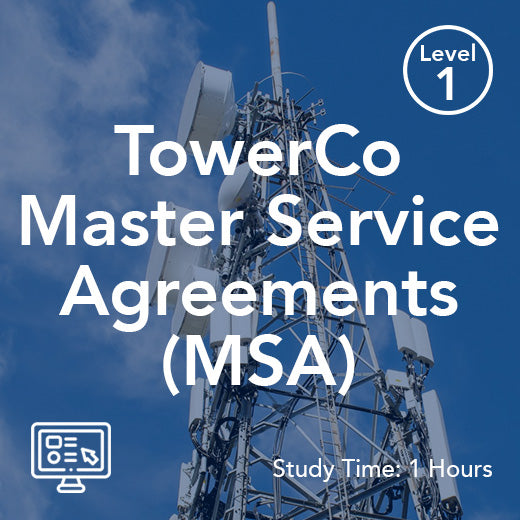How Does Tetra Radio Encryption Work?
- , by Stephanie Burrell
- 2 min reading time
TETRA, or Terrestrial Trunked Radio, is a digital radio communication standard that is widely used by public safety agencies, transportation companies, and other organizations that require secure and reliable communication. One of the key features of TETRA is its encryption capability, which ensures that sensitive information transmitted over the network is protected from eavesdropping and interception.
TETRA radio encryption works by encoding voice and data transmissions using a cryptographic algorithm. This algorithm generates a unique encryption key that is used to scramble the information before it is transmitted over the airwaves. The receiving radio uses the same key to decrypt the information and restore it to its original form.
There are several different encryption algorithms that can be used with TETRA, including the TEA1 and TEA2 algorithms. These algorithms are designed to provide a high level of security and are constantly being updated to protect against new threats and vulnerabilities.
In addition to encryption, TETRA radios also use other security features to protect against unauthorized access and tampering. For example, TETRA networks can be configured to require users to authenticate themselves before they are allowed to access the system. This helps to prevent unauthorized users from listening in on sensitive communications.
Another important security feature of TETRA is its ability to detect and prevent jamming attacks. Jamming attacks involve transmitting a strong signal on the same frequency as the TETRA network, which can disrupt communications and prevent users from sending or receiving messages. TETRA radios are equipped with mechanisms that can detect jamming signals and automatically switch to a different frequency to maintain communication.
Overall, TETRA radio encryption provides a robust and reliable means of protecting sensitive information and ensuring secure communication. By using encryption algorithms, authentication mechanisms, and jamming detection capabilities, TETRA networks can provide a high level of security for users in a wide range of industries and applications.
In conclusion, TETRA radio encryption works by encoding voice and data transmissions using a cryptographic algorithm and a unique encryption key. This helps to protect sensitive information from eavesdropping and interception, ensuring secure and reliable communication for users in a variety of industries. With its advanced security features and constant updates, TETRA remains a popular choice for organizations that require secure and dependable communication.

































